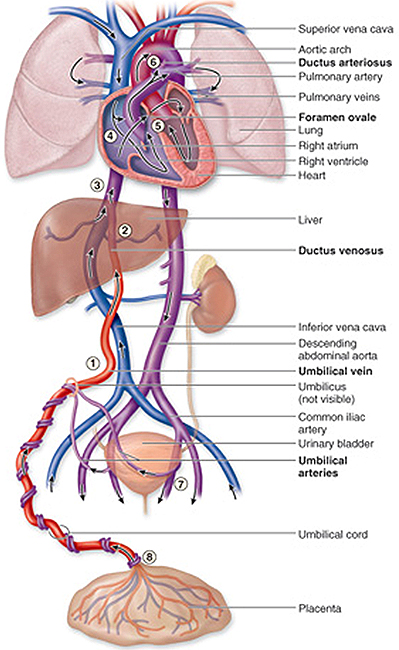Fetal Circulation
Jump to navigation
Jump to search
Fetal Circulation The fetus
◄.....Go back to the Gross Anatomy homepage |
